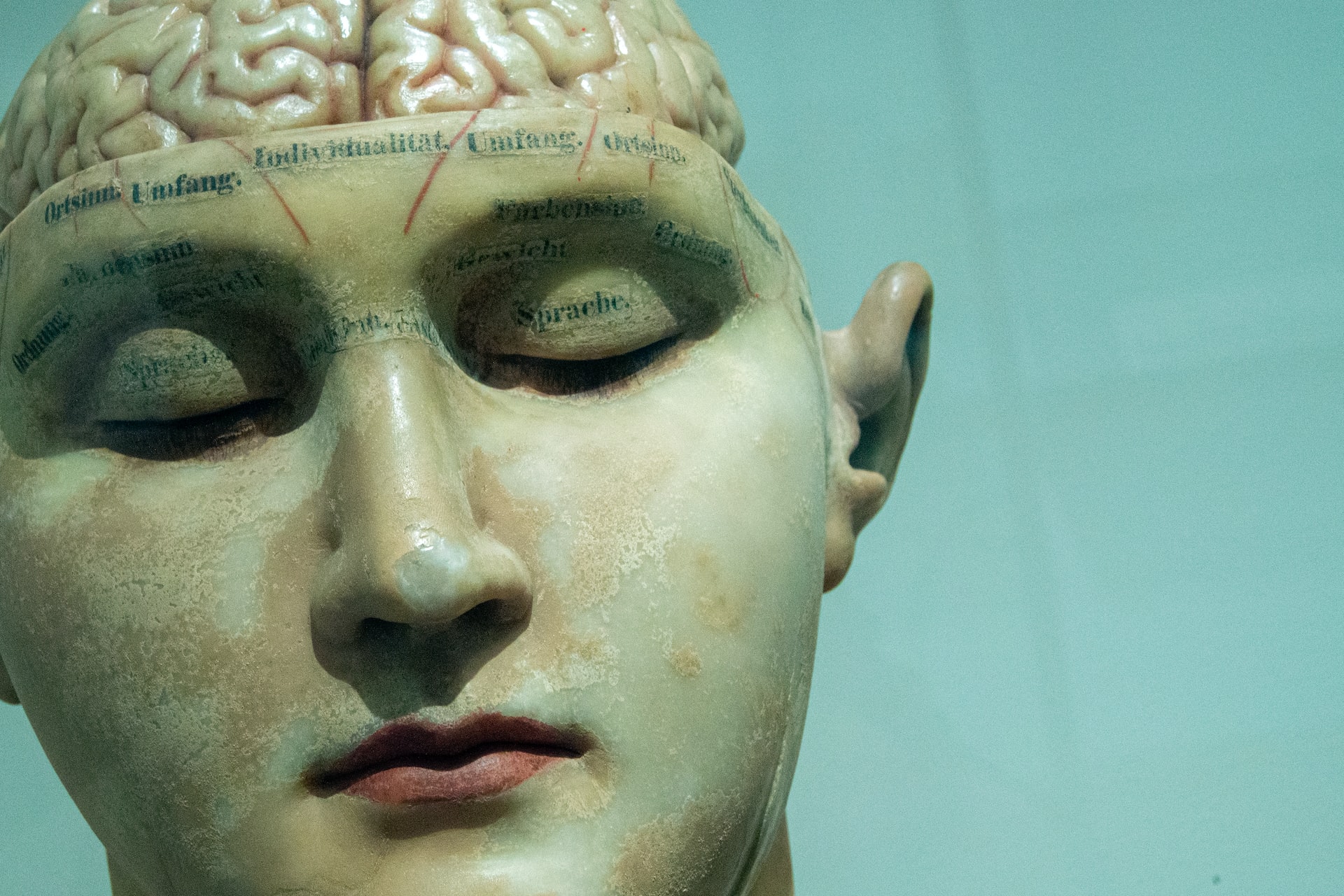Tell me about periventricular leukomalacia causes
Periventricular leukomalacia (PVL) is a neurological condition that affects the white matter of the brain. It is the most common form of brain injury in premature infants, but can also occur in full-term babies. PVL can have long-lasting effects on a child’s development and can lead to several disabilities.
The term “periventricular leukomalacia” is derived from Latin and Greek words, where “peri” means surrounding, “ventricle” refers to the fluid-filled spaces in the brain, “leuko” means white, and “malacia” means softening. Therefore, PVL can be translated to mean softening of the white matter around the ventricles.
The white matter of the brain is responsible for transmitting information between different parts of the brain and the body. It contains nerve fibers called axons, which are responsible for carrying electrical signals. In PVL, these axons become damaged, leading to problems with communication between different parts of the brain.
The exact cause of PVL is not fully understood, but there are several risk factors that can increase the likelihood of a baby developing this condition. The most common cause is damage to the brain’s blood vessels, which can occur during pregnancy or delivery. Premature babies are at a higher risk because their brains are still developing and are more vulnerable to injury.
Other risk factors include infections during pregnancy, such as maternal chorioamnionitis (infection of the placenta and membranes), maternal hypertension (high blood pressure), and maternal drug use. Babies who have experienced a lack of oxygen or blood flow to the brain during birth may also be at risk for PVL.
In addition to these factors, recent studies have shown that genetics may play a role in the development of PVL. Researchers have identified specific genes that are associated with an increased risk of developing this condition. However, more research is needed to fully understand the genetic components of PVL.
The symptoms of PVL may vary depending on the severity of the condition. In mild cases, there may be no visible symptoms, and the condition may only be detected through imaging tests such as an MRI. In more severe cases, babies may exhibit symptoms such as delayed motor development, difficulty with movement and coordination, muscle stiffness or spasticity, and vision or hearing problems.
In some cases, PVL can lead to more serious complications such as cerebral palsy, a group of disorders that affect a child’s ability to move and maintain balance and posture. It can also cause cognitive impairments, including difficulties with learning and problem-solving.
There is currently no cure for PVL, but early detection and intervention can help manage the symptoms and improve a child’s development. Treatment options may include physical therapy, occupational therapy, speech therapy, and medications to manage muscle stiffness and seizures.
Preventing PVL is key, and steps can be taken to reduce the risk for this condition. Pregnant women should receive proper prenatal care, including regular check-ups and screenings for infections and high blood pressure. Doctors should also closely monitor the health of the baby during pregnancy, delivery, and after birth.
In cases where a baby is born prematurely, it is important for doctors to take extra precautions to prevent brain injury. This may include monitoring oxygen levels and blood flow to the brain, as well as providing medication to help with brain development.
In conclusion, periventricular leukomalacia is a neurological condition that affects the white matter of the brain. It is caused by damage to the brain’s blood vessels and can lead to long-term effects on a child’s development. While there is no cure for PVL, early detection and intervention can help manage the symptoms and improve the quality of life for affected children. By understanding the causes and risk factors of PVL, steps can be taken to prevent this condition and promote healthy brain development in infants.





